IN BURUNDI, PEOPLE WEAR EVERYTHING ON THEIR HEAD
In Burundi, you can easily see everyone carry everything on their head instead of in their hands.
I arrived in Burundi on a summer day in May, when flamboyant flowers (Royal poinciana) were gracefully blooming at Bujumbura International Airport, and the cricket’s song was in the air. Around the airport there were various fruit-trees and rice paddy fields. Looking beyond, some simple and shanty households appeared with little bright lights.
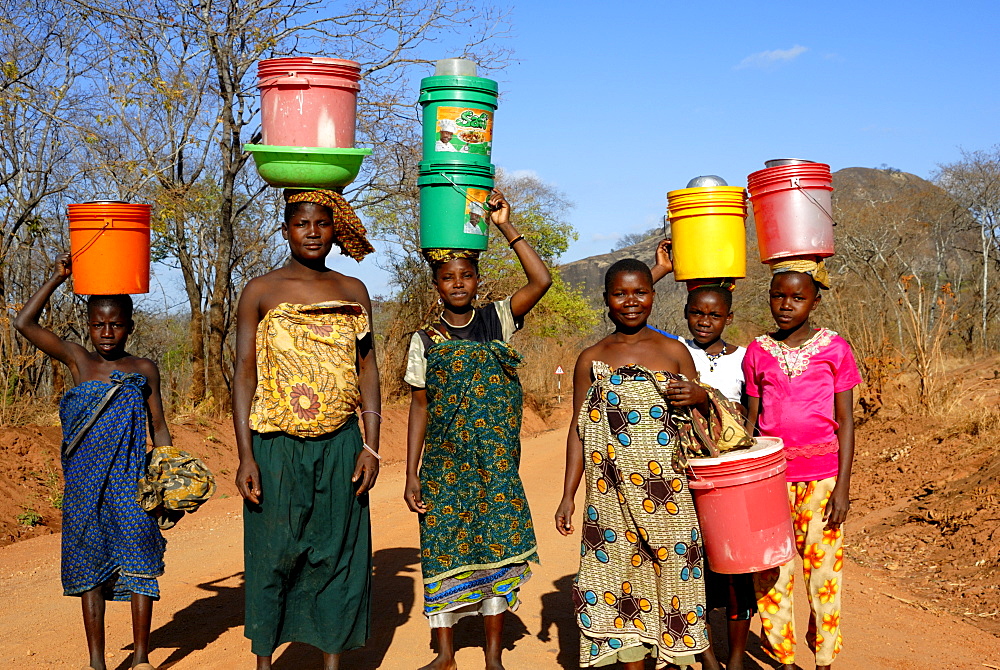
My friends usually ask me “Are you afraid to be living in Africa as a girl?” When people think of Africa, they think of poverty and difficult weather conditions. However, I found so many positive, interesting and unique aspects in Burundi – a country in East Africa – through the lifestyle and beautiful culture of the local Burundians.
In the first month in Burundi, I was confused and amazed by the number of people carrying things on their heads instead of carrying them in their hands. Right outside our office in the capital city Bujumbura, there are many locals using this special method on the streets. You could see a kid carry a big bunch of bananas, and some ladies carry big buckets, sacks or even long sugar cane trees…The Burundians consider this a part of their culture in which they carry everything, regardless of how heavy it is, on their head.
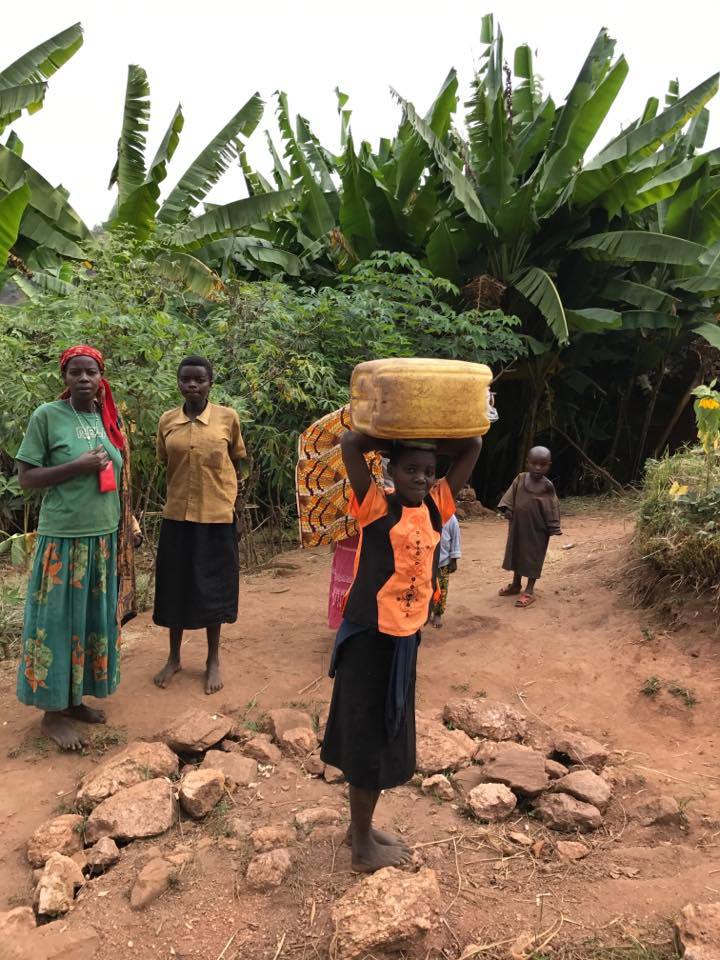
In the mountainous areas of Burundi, people can carry loads of up to 70% of their own body weight. To lessen the friction between the objects with their heads, the Burundians put a piece of cloth shaped into a ring or ball on the head before putting the load on.
In a business trip in Ngozi – a province of Burundi, I was quite astonished to see a group of ladies carrying 30-liter water cans this way. They were walking on the street when they stopped and looked down, then looked up and continued walking as if there was nothing on their heads. They could balance the water cans walking up a steep hill while singing and sometimes dancing in joy. The positivity, cheerfulness and strength of Burundians was startling to me.
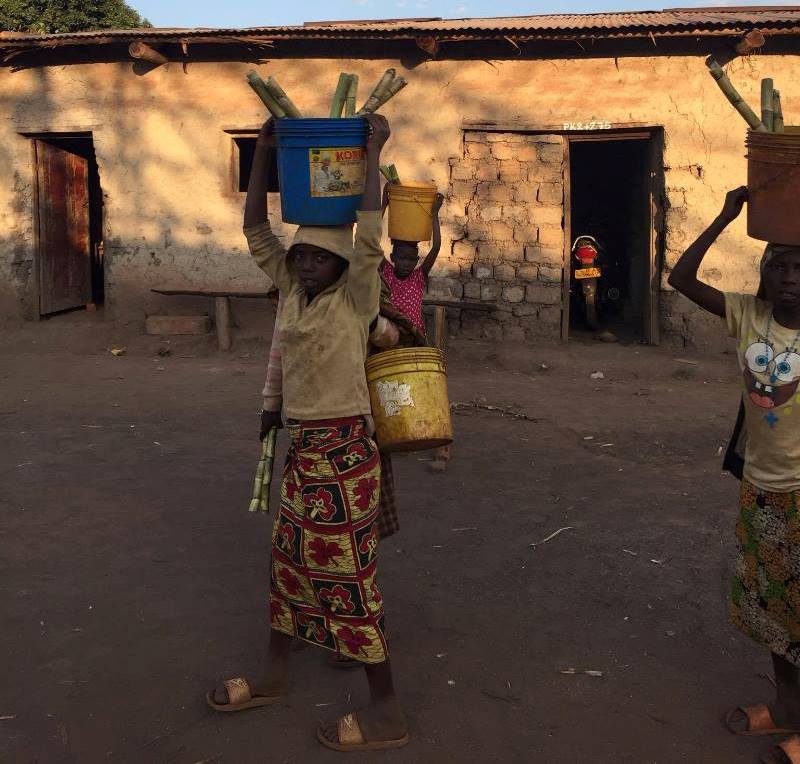
Among the activities local Burundians do with loads on their heads, what I admire the most is dancing and playing music with big drums. It requires a lot of strength and skill from the Drummers of Burundi. Drum performances are traditional Burundi cultural activities, and are a part of special performances and ceremonies, or to welcome important guests. A drum is made of cow leather and wood, and can weigh up to 100kg. Despite the heavy weight, Burundi drummers can wear their drums on their heads and perform their dance skillfully.
I started asking my colleagues in Burundi : “Why do Burundians carry everything on their heads?” And most of them answered “Because they like it.” Of course, besides favoring this culture way of carrying things, there are more reasons.

Apart from some streets in the capital city Bujumbura that are flat, in other places in Burundi, streets are uneven and craggy in rough, mountainous terrain, which is difficult to travel. There are not many transportation services and therefore the best way to carry loads is on your head to reduce pressure on arms, hands and back, as well as to free your hands for other things. Some people say this method of carrying enables them to travel easily on steep hills. Gradually through generations, the method has become a habit of the nation. Don’t be surprised to find small children carrying big loads on their heads while moving lively in Burundi.
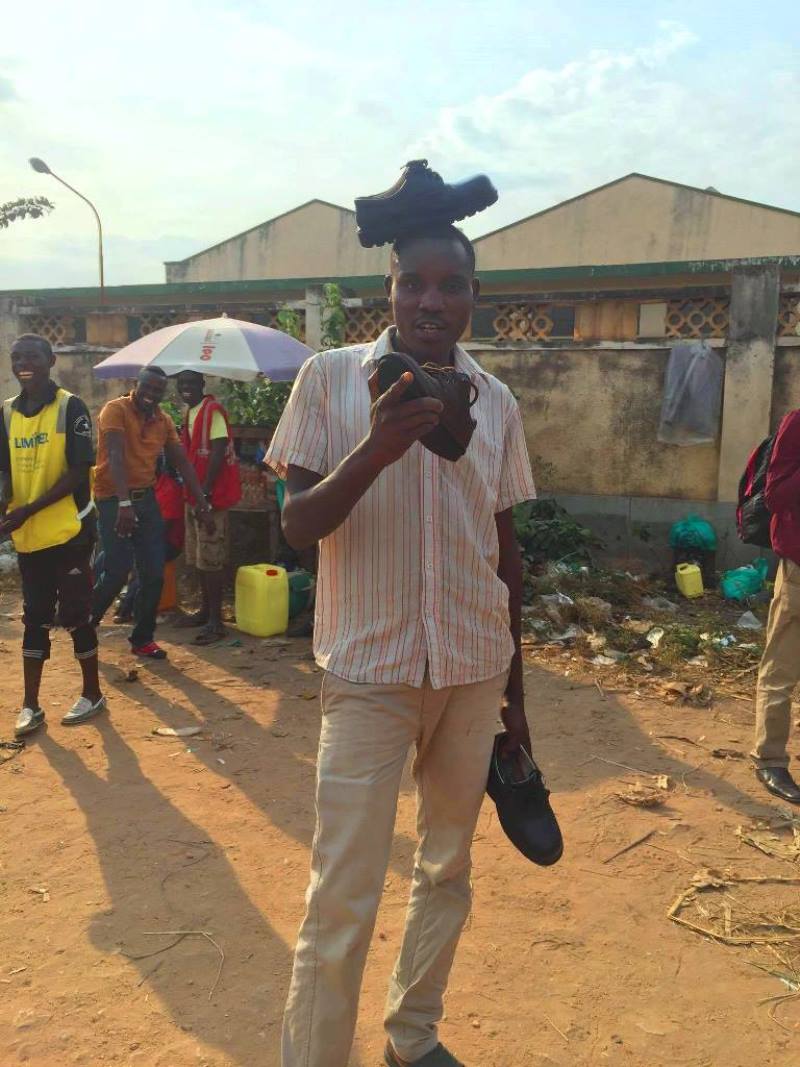
There are more interesting things in Burundi that amaze me. Such as my colleagues’ reactions when I cover myself diligently going out in the sun. In Vietnam, women are usually worried about sun tans, so almost every women’s habit is to put on a jacket, mask, socks and long gloves…to cover their skin as much as possible, and I’m no exception. The first day at work in Burundi, I dressed up all covered to work, and whenever I had to go outside, I’d put my jacket on. My local colleagues started gossiping behind my back. I did not understand why until a colleague came to me and asked “Are you feeling cold? Are you sick?” I realized people did not understand why I dressed up all covered in such hot weather, and why I was worried about sun tans.
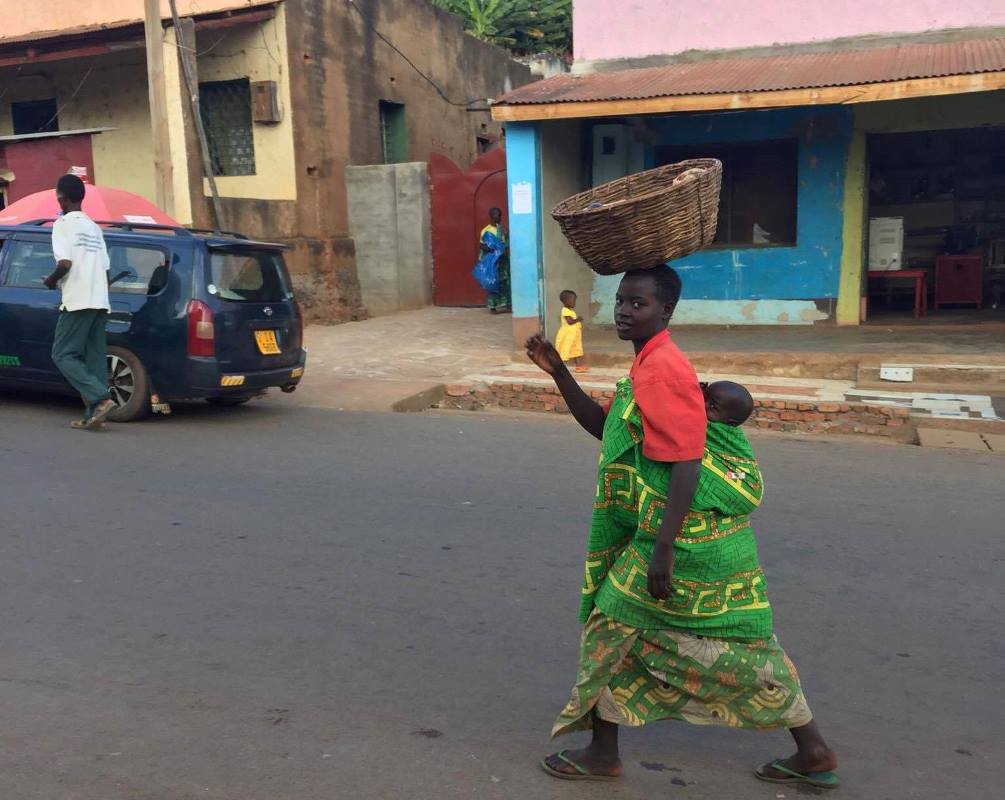
Another story is how curious locals were about my different appearance – an Asian girl, especially my hair. My thick and straight hair fascinated them. Kids usually surrounded me to touch my hair to check if it was real. Many local girls said they wished they had long, straight or wavy hair. Meanwhile, 100% original Africans have really curly hair, only 1-2cm long. Their braids are usually extensions or wigs. Most of the time wigs made from nylon are cheaper and more popular. Female office workers in Burundi spend quite a huge amount on their hair styles and wigs, some can spend up to a quarter of their monthly income.
When I was in Burundi, I gave up all my prejudices I had about Africa to genuinely feel and learn about this new land. It turned out, the truth behind the image of poverty is the smiles and joy of children playing on the streets and ladies saving up money for the latest hairstyle. From the difficult weather conditions, the locals become stronger, more hard-working and dedicated whilst enjoying their jobs with singing and humming. Travelling to a new place always amazes us and allows us to have an objective perspective to understand and appreciate other diverse and beautiful cultures.

Geography
Burundi is a country in the centre of Africa, a part of the East African Riff. Burundi is bordered by Rwanda to the north, Tanzania to the east and southeast, and the Democratic Republic of the Congo to the west.
Climate
Burundi enjoys pleasant weather, with an average temperature of 24-26 degree Celsius and lots of sun shine. Rain is irregular, falling most heavily from August to October. Don’t be worried of the raining months in Burundi. Most of the time it only showers and doesn’t last for long. The streets stay dry with no mud.
Transportation
There is no direct flight from Vietnam to Burundi at the moment. You can fly with Kenya Airways to Kenya, then to Burundi in another flight (around 30 minutes)
Visa
You can obtain a tourist visa upon arrival at Bujumbura International Airport (the only airport of Burundi). The visa fee is 50 USD. Be aware that in Burundi, they can sometimes ask a higher price, all you need to do is politely decline.
Planning tip
Burundi is a small country, so if you are visiting, you should plan for a tour to other East African countries like Tanzania, Kenya or Congo.
Food: Burundi does not have its local specialty because its food cultured is impacted by Western food. The most popular restaurant styles are French, Indian, Chinese which offer delicious and easy to eat cuisine.
Attention
Burundi criminalises same-sex sexual activity by both men and women, with a penalty up to two years in prison and a fine.
